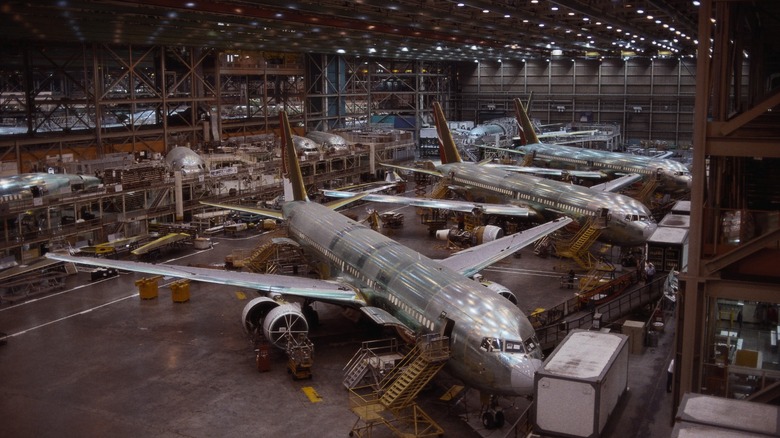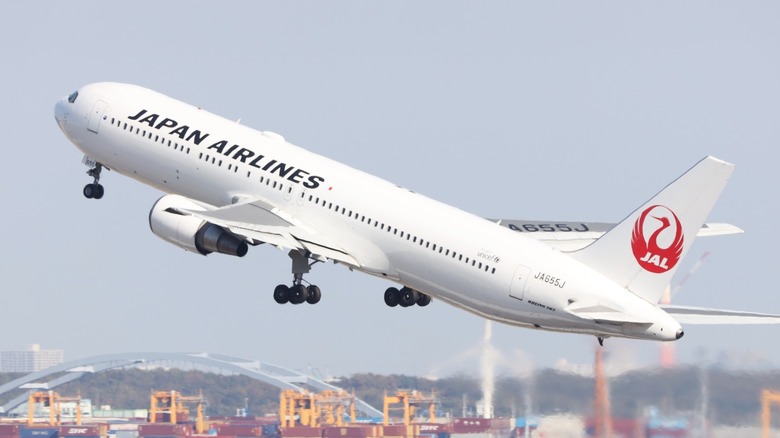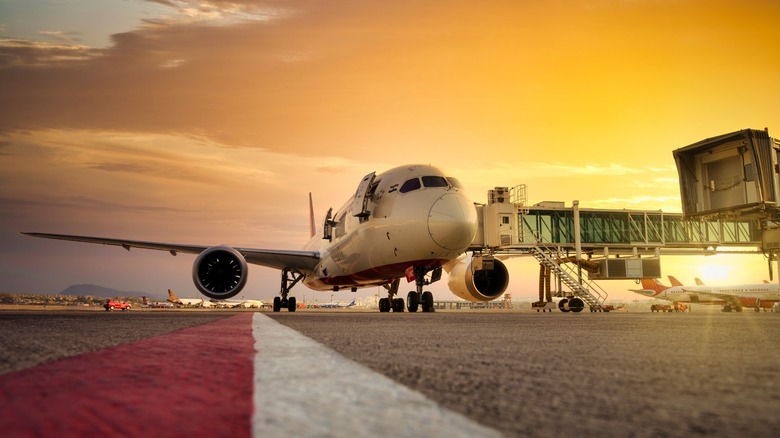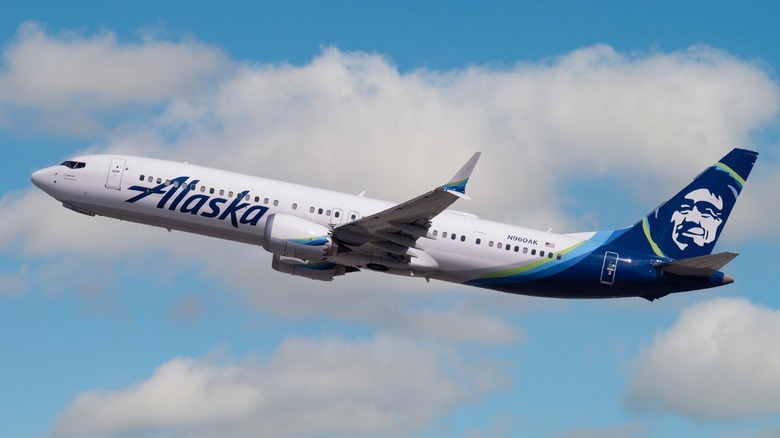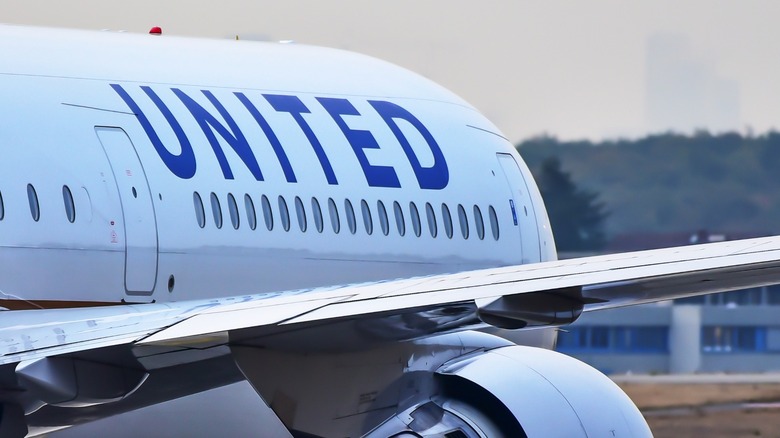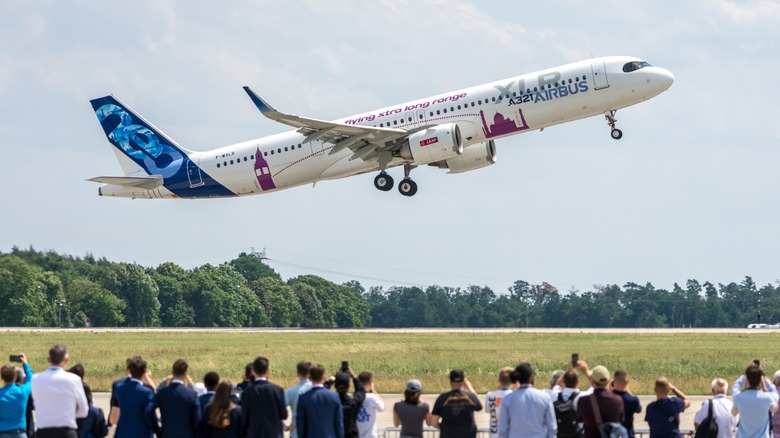Boeing 797: What We Know About The 'New Midsize Aircraft'
Boeing's current airliner lineup includes the 737 for its regional offerings, the 767 as its mid-range jet, the 787 for long-haul routes, and the 777 for ultra-long-haul flights. Aside from the 737, which was introduced in 1967 and updated in 2017 with the Boeing 737 MAX, the oldest design in Boeing's current fleet offering is the Boeing 767.
This wide-body jet started revenue service in September 1981, making it a 43-year-old design. The newest variant of the Boeing 767 is the Boeing 767-2C, a tanker and freighter version of the widebody jet, which first flew in 2014. However its newest passenger variant, the 767-400ER, was introduced way back in 2000, making it 24 years old at the time of writing, and only had a total of 38 deliveries.
But given that the 767 is already an aging design, and with many existing 767s (and its single-aisle brother, the Boeing 757) nearing retirement age, many airlines are already looking for a suitable replacement for these jets in their fleets. This is where the 'New Midsize Aircraft' or NMA comes in, which, if we are to follow Boeing's naming scheme, will likely be called the Boeing 797.
What is a 'midsize aircraft,' and where will the 797 sit in the Boeing product line?
As the NMA is set to replace the Boeing 767, it will sit between the smaller Boeing 737 family and the widebody long-haul Boeing 787. Existing 767s have a capacity of between 214 and 296 seats in a two-class configuration, with a range between 3,900 and 6,590 nautical miles. The midsize Boeing 797 will likely have a similar capacity and range but will have a lower production cost and better fuel efficiency (thus lower operating costs).
This makes the NMA perfect for intercontinental routes between smaller-sized cities and could open new city pairs that were previously infeasible using current aircraft models. Boeing VP Mike Delaney said in 2017 that the new midsize airplane family would do for the 220- to 270-seat market what the 787 Dreamliner did for its market segment.
Boeing has consulted 57 airlines on how it should build the NMA, and most of them preferred a design that prioritizes cabin comfort and reduces turn times between flights. So, the 797 will likely be a wide-body twin-aisle jet that can seat 220 to 270 passengers and fly up to a distance of 5,000 nautical miles, putting it squarely in the same range and size as the Boeing 767.
Boeing's timeline for the 797
The Seattle-based plane maker first released a few details about its NMA concept during the 2017 Paris Air Show. Boeing said that it will reuse several technologies from the Boeing 777 and 787, as well as extensively use composites in its construction. According to the schedule that it published, the early configuration of the Boeing 797 should've begun in 2017, with initial assembly and testing happening around the early-2020s for the first delivery to happen by 2025.
However, some airlines were skeptical of Boeing's ability to deliver as early as 2018, with United Airlines CEO Andrew Levy telling FlightGlobal it may now show up in the 2024-25 period. In February 2019, Boeing announced its decision to delay the launch of the NMA until 2020. Nevertheless, the company was still confident about its ability to bring the new plane into service in 2025, with then-Boeing CEO Dennis Muilenburg insisting the timeline had not changed.
The tune has changed by 2020, though, with the company going through the Boeing 737 MAX crisis. The then-new Boeing CEO, David Calhoun, announced that the company would take a different approach with the NMA.
We haven't received much news about the Boeing 797 after that announcement, but the company did drop a hint recently. According to a September 2024 press release, Boeing said in its new contract with the International Association of Machinists and Aerospace Workers (IAM) union that it will build its next new airplane in Washington state. This gave rise to rumors that Boeing is finally ready to restart work on the NMA project.
What challenges is the Boeing 797 currently facing?
Boeing first began the initial work on the NMA project way back in 2017, but the company still hasn't officially launched it as of 2024. Although the company didn't give specific details about this delay, we know it has been facing several challenges.
Its biggest setback was the crash of two Boeing 737 MAX jets in 2018 and 2019. The first crash happened a little over a year from the first delivery, and a second crash that happened six months later forced the FAA to ground the jets. The company had to prioritize the return to service of the 737 MAX, although Boeing claims that it's still interested in the NMA. Then, in early 2024, the 737 MAX was in the headlines again — this time with a door plug that blew out in flight. These disastrous events forced major changes within the company, including the appointment of a new CEO.
Furthermore, the Boeing 777X program, an upgrade to the company's popular 777, has been delayed for years. The plane was set to enter service in 2020 but is still in the testing and certification stage. The plane is slated for delivery in the second half of 2025, making it one of the longest aircraft development projects in the history of commercial aviation, especially given the fact that this was just an improvement of an already existing design and not an all-new aircraft.
Aside from these issues, Boeing also has a massive order backlog of over 6,200 jets. Some estimates say it would take the company at least 11 years to clear out this order based on 2023 production, so starting a new project right now would leave a bad taste in the mouths of Boeing customers who will still have to wait years to get their new jets.
Which airlines have expressed interest in the Boeing 797?
Despite everything that's happened at Boeing, several airlines have expressed interest in the NMA. This list includes United Airlines, which is looking to replace its existing fleet of 757s and 767s, Emirates, Alaska Airlines, American Airlines, Copa Airlines, Delta Airlines, and Qantas. Copa said that the NMA will allow it to have more capacity and range without the attached operating costs of larger jets, like the Airbus A330neo or the Boeing 787 Dreamliner. On the other hand, Qantas wants the NMA for its domestic routes, especially as flights are getting more crowded, giving it more passenger capacity without needing to purchase more airport slots.
However, since Boeing hasn't started the NMA/797 project for several years now, some of the interested airlines have since moved on to other models. For example, United Airlines purchased 130 Airbus A321neos and 50 A321XLRs, some of which are intended to replace its aging 757 fleet.
Is Airbus offering a competitor to the Boeing 797?
Even though the Boeing NMA will supposedly replace the 757 and 767, airlines aren't limited to Boeing for its aircraft options. Its biggest competitor across the Atlantic, Airbus, is also bent on capturing some of the airlines that are looking to replace or expand their current fleet — and it doesn't need to build an all-new airplane to do that.
Airbus already has the A321neo and A321XLR, derivatives of its popular A320 design, which offers middle-of-the-market range and capacity. For example, the A321neo has a maximum seating capacity of 244, can accommodate 180 to 220 passengers in a typical two-class configuration, and has a range of almost 3,5000 to 4,000 nautical miles. The A321XLR extends that range to around 4,700 nautical miles, making it the perfect replacement for the 757 and the 767. And if you need a larger seating capacity, Airbus said that it plans to modify the A330neo to serve as a competitor for the proposed 797.
